Art Monthly 480
October 2024
Nairy Baghramian
Interviewed by Anna Souter
Rest is Resistance
Bob Dickinson
Cones of Vision
Chris Townsend
Alia Farid
Profile by Maria Walsh
Buy Now – select:
Want to read this right now?
Get instant access to the entire back catalogue via Exact Editions from only £8.99!
Contents
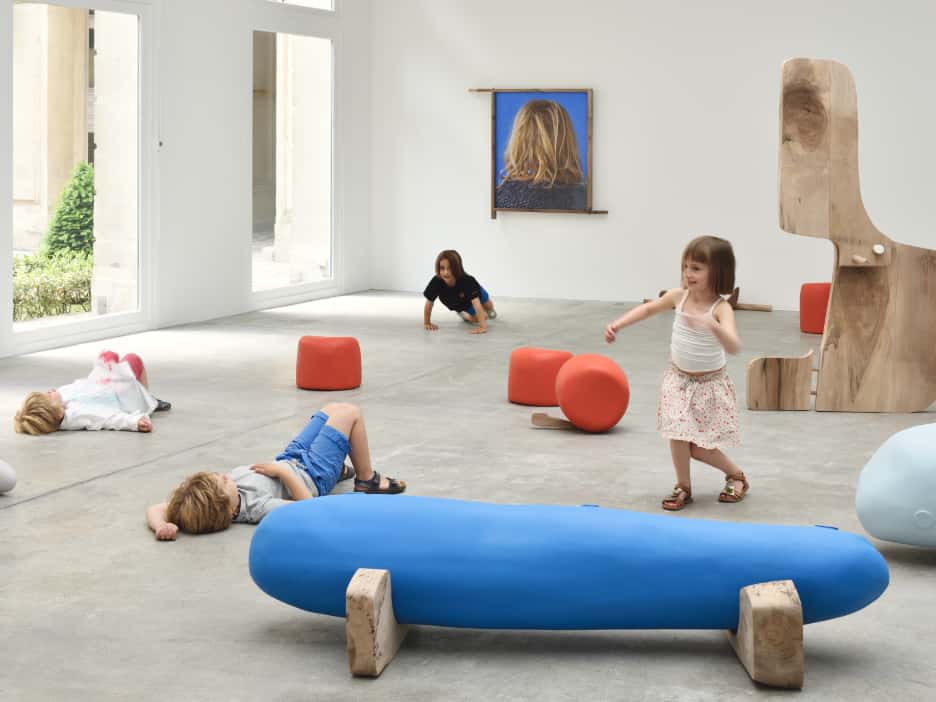
Nairy Baghramian, ‘Misfits’, 2021
Interview
Misfits
Nairy Baghramian interviewed by Anna Souter
The works suggest that this moment of not fitting should not be seen as a temporary state to be overcome, but rather as a space for extension, reflection and appreciation. This parallels the experience of social ‘misfits’ – people who do not conform to societal norms and who remain marginal.
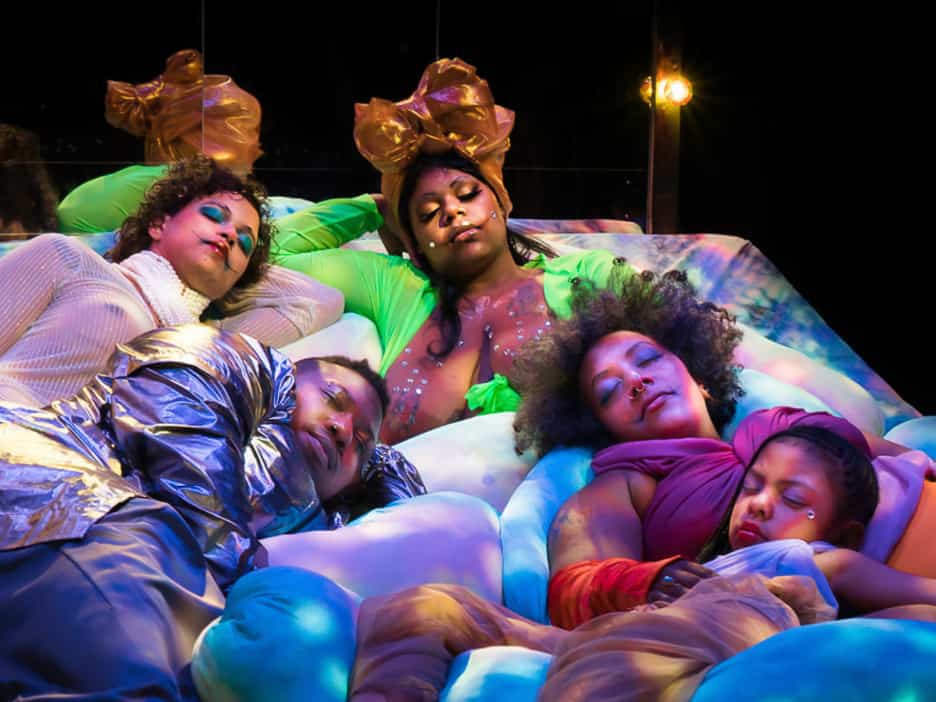
Navild Acosta and Fannie Sosa, Black Power Naps, 2023
Feature
Rest is Resistance
Bob Dickinson looks at how artists are drawing attention to the structural parallels between the climate crisis and sleep crisis
Artists Navild Acosta and Fannie Sosa themed their experiment in ‘finding power in rest’ around the fact that ‘black people in the US are twice as likely to get insufficient sleep compared to white people’, and that sleep deprivation, internationally recognised as a form of torture, has been used to control the black population ever since the time of slavery.
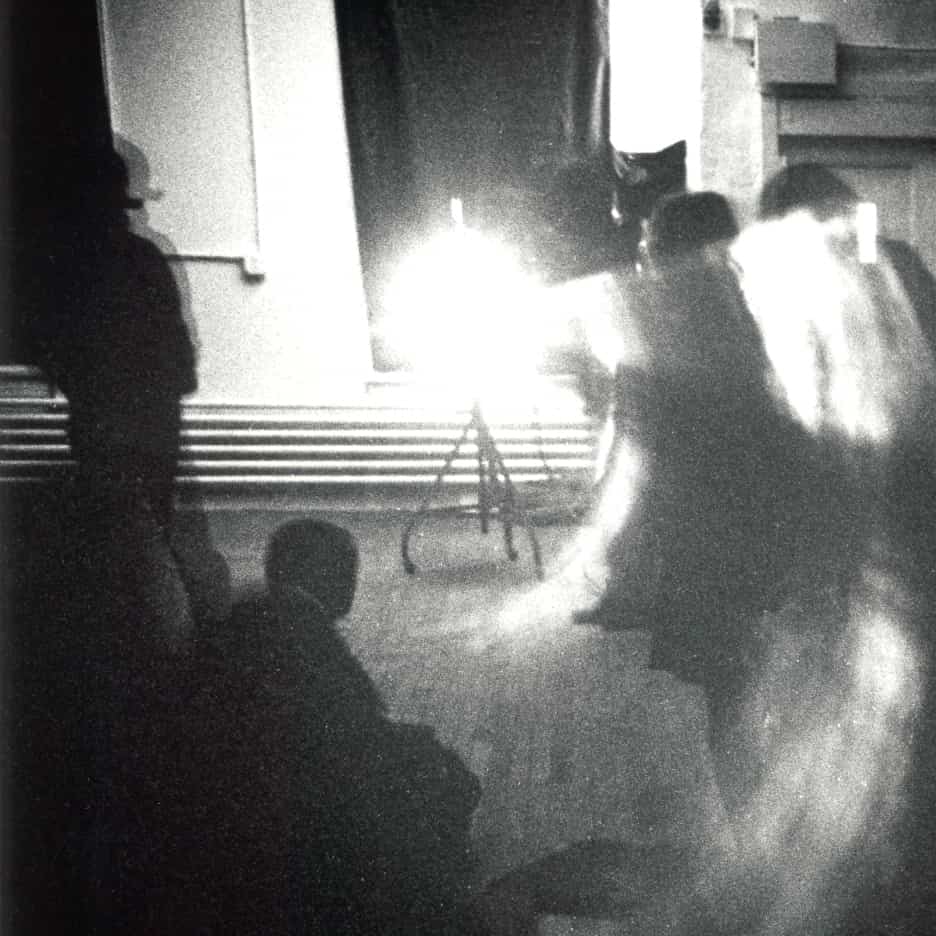
Anthony McCall, Line Describing a Cone, 1973
Feature
Cones of Vision
Chris Townsend sees recent ahistorical approaches to Anthony McCall’s work as indicative of a general shift from process and form towards subjective experience
Intended, in the early 1970s, as objects that stimulated a wider cultural and political critique, Anthony McCall’s solid light films have, since 2000, become quasi-votive forms that suffuse their environs with feeling and sentiment rather than intellectual inquiry.
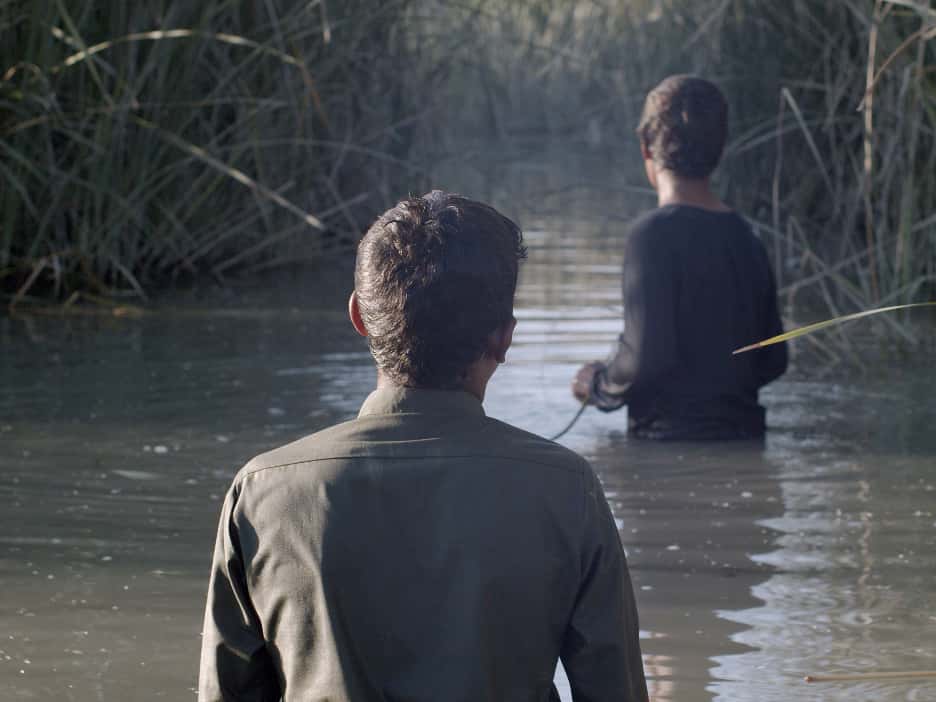
Alia Farid, Chibayish, 2022
Profile
Alia Farid
Maria Walsh
For the past ten years, the Kuwaiti-Puerto Rican artist Alia Farid has been researching links between extractivist national modernities and the migrations of architectures, communities and languages between the Arabian Gulf and the Caribbean.
Editorial
Rest Cure
Today’s increasing pressure on workers’ ‘free’ time is something that artists and other workers in the cultural sector are all too familiar with. Poor pay and irregular and unregulated working conditions, exacerbated by the long squeeze on arts funding, has left precarious workers everywhere at the mercy of ‘always on’ market forces.
If, however, the ‘right to disconnect’ were linked to the ‘right to rest’, we might start to address this work-life imbalance in our increasingly unequal society.
Artnotes
Pride in the Arts
A major survey reveals that British people are more proud of the nation’s achievements in the arts than any other aspect of the UK; the Fabian Society proposes a swathe of government initiatives that would boost the arts; new research reveals the unsustainable financial situation of UK arts organisations; campaigners continue to target museums over dodgy sponsorship; plus the latest on galleries, people, awards and more.
Obituaries
Rebecca Horn 1944–2024
David Barrett
Mel Ramsden 1944–2024
Paul Wood
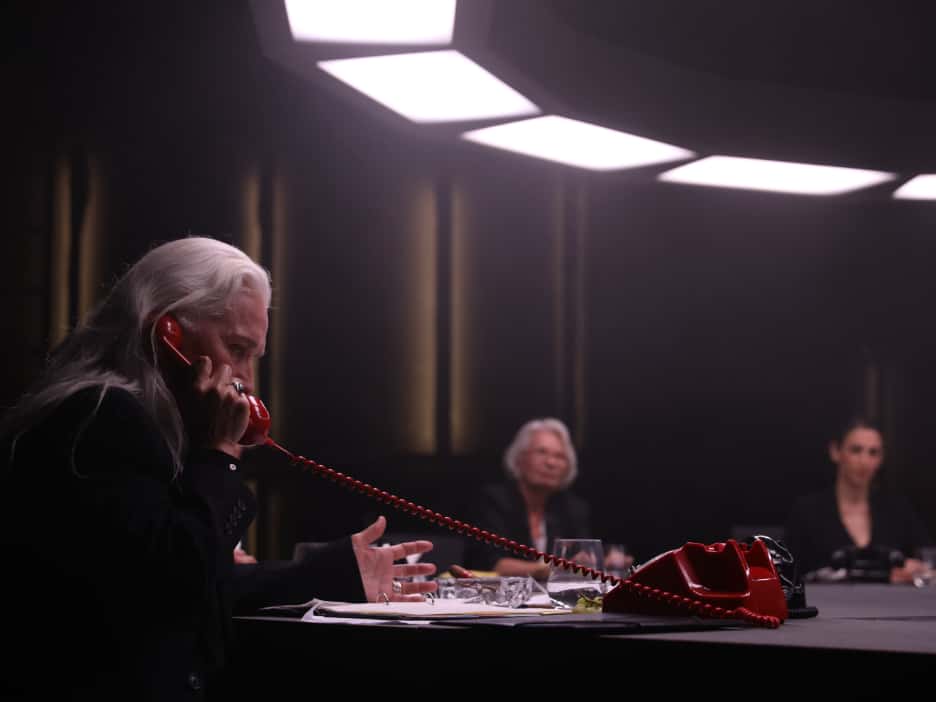
Yael Bartana, Two Minutes to Midnight, 2021, ‘What if Women Ruled the World? Part 2’, EMST, Athens
Exhibitions
Take a Breath
IMMA, Dublin
Chris Clarke
Towards New Worlds
MIMA, Middlesbrough
Tom Denman
What if Women Ruled the World? Part 2
EMST, Athens
Sophia Phoca
Charlie Prodger: Cardinal Beams
Hollybush Gardens, London
Vaishna Surjid
stanley brouwn
Stedelijk Museum, Amsterdam
Andrew Chesher
Hany Armanious: Stone Soup
Henry Moore Institute, Leeds
Daniel Culpan
Marlene Smith: Ah, Sugar
Cubitt, London
Cathy Wade
Simnikiwe Buhlungu: hygrosummons (iter.01)
Chisenhale, London
Isabelle Bucklow
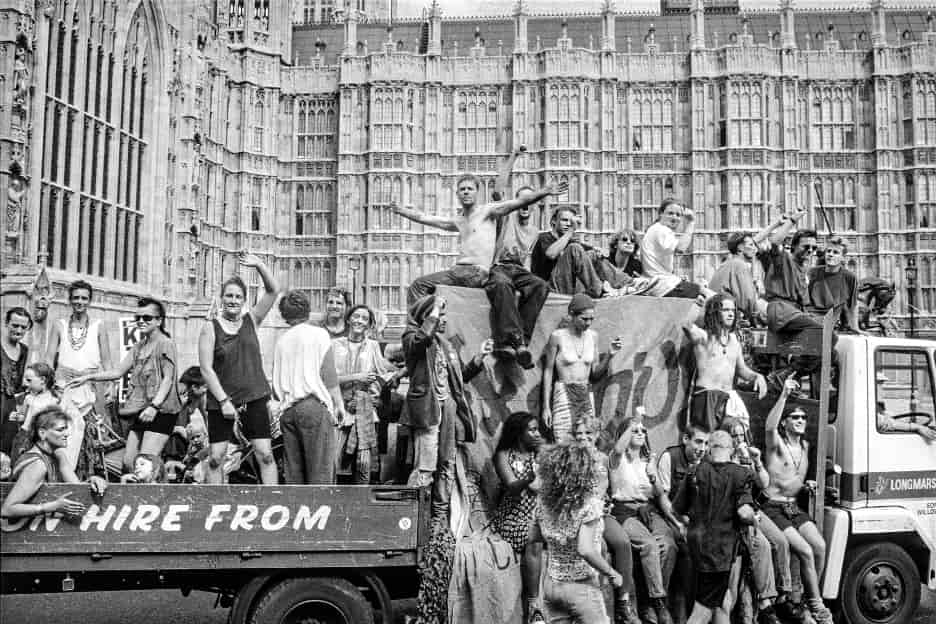
Matt Smith, ‘The Tories Are the Real Criminals’, c1990
Artists’ Books
Matt Smith: The Tories Are The Real Criminals
Ben Burbridge
Matt Smith’s photographs provide a celebratory record of radical challenges presented to the privatisation and competitive individualism of neoliberal Britain. The work offers a succinct historical contextualisation of rave culture and a probing examination of what, exactly, the government was so afraid of.
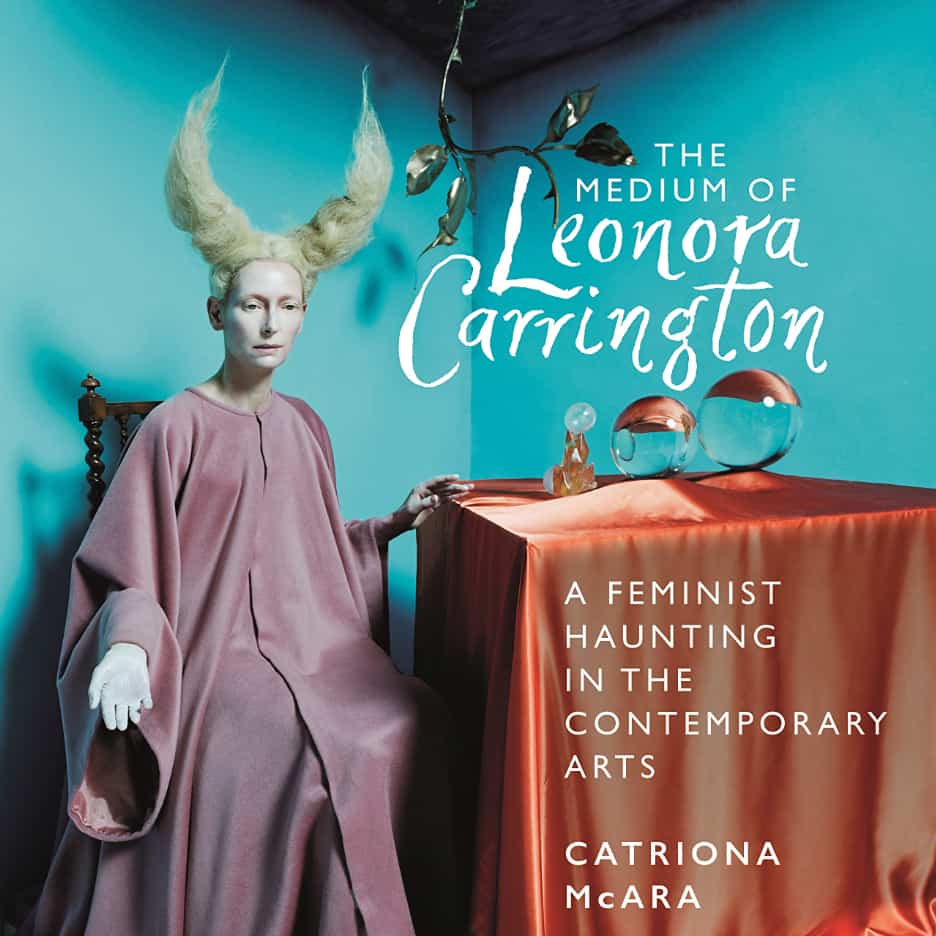
The medium of Leonora Carrington cover
Books
Mark Polizzotti: Why Surrealism Matters
Catriona McAra: The medium of Leonora Carrington – A feminist haunting in the contemporary arts
Anna Dezeuze
Mark Polizzotti argues that some of ‘the obstacles we now face’, which did not exist for the surrealists, make it difficult to continue ‘believing that solutions are even possible’. I would go one step further: have we arrived at a junction in which we are losing the possibility to even imagine another world?
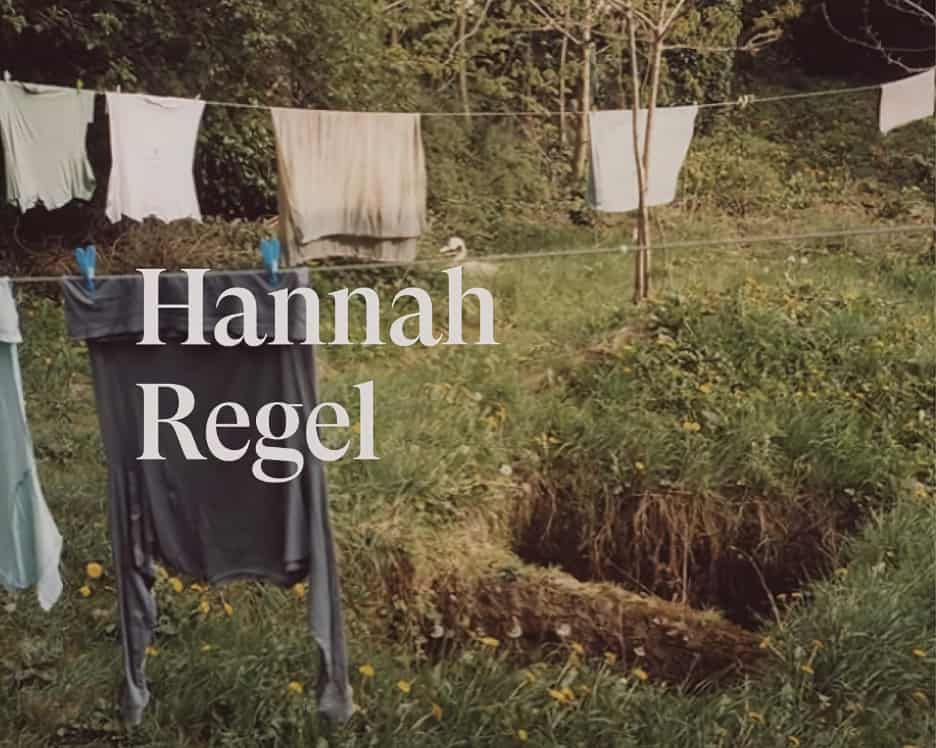
The Last Sane Woman cover
Books
Hannah Regel: The Last Sane Woman
Juliette Desorgues
Hannah Regel navigates these relations with remarkable stylistic flair, with every paragraph shifting swiftly from one viewpoint to another, dislocating time frames and often playfully pivoting meaning around a recurring word. Language is deconstructed by Regel like an artist leading an art-school crit: every object, every gesture, every emotion is given detailed focus.
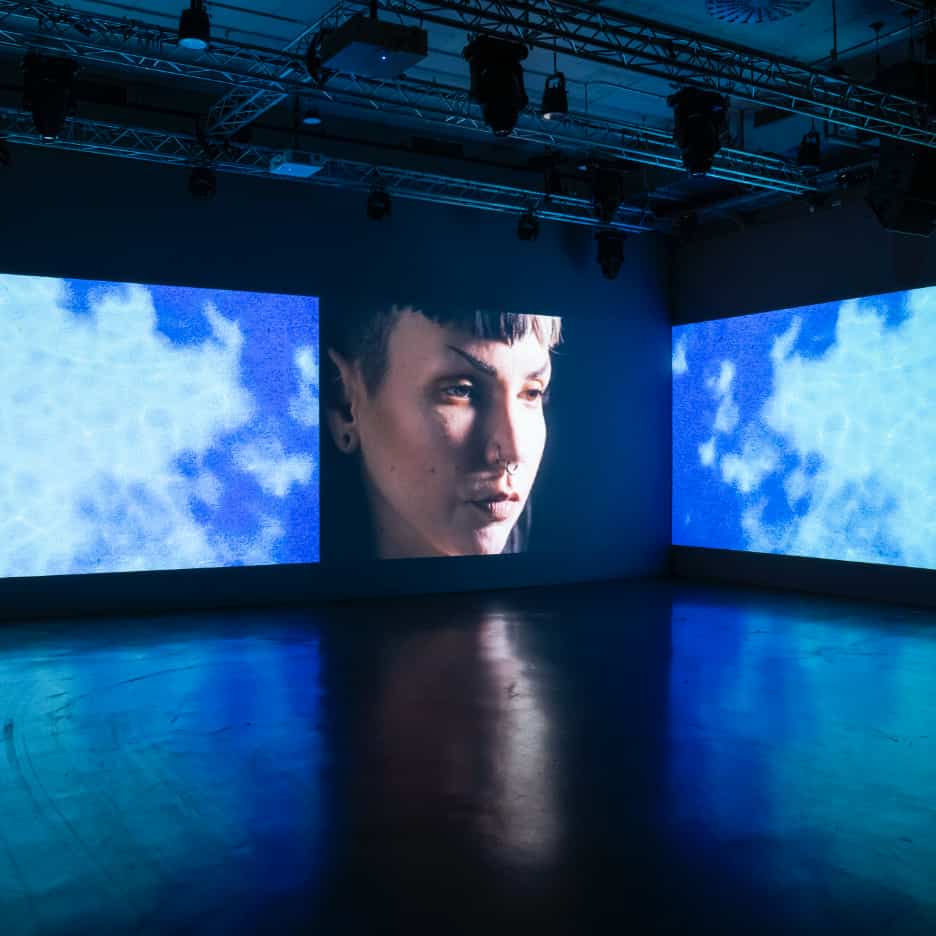
‘Now Wave: Beth B – Glowing’ installation view
Film
Now Wave: Beth B – Glowing
Rachel Pronger
To enter the space, visitors had to walk in darkness along tracks – once used to wheel bodies into the crematorium’s morgue – as skeletal neon birds guided them down into a pit of ambient noise.
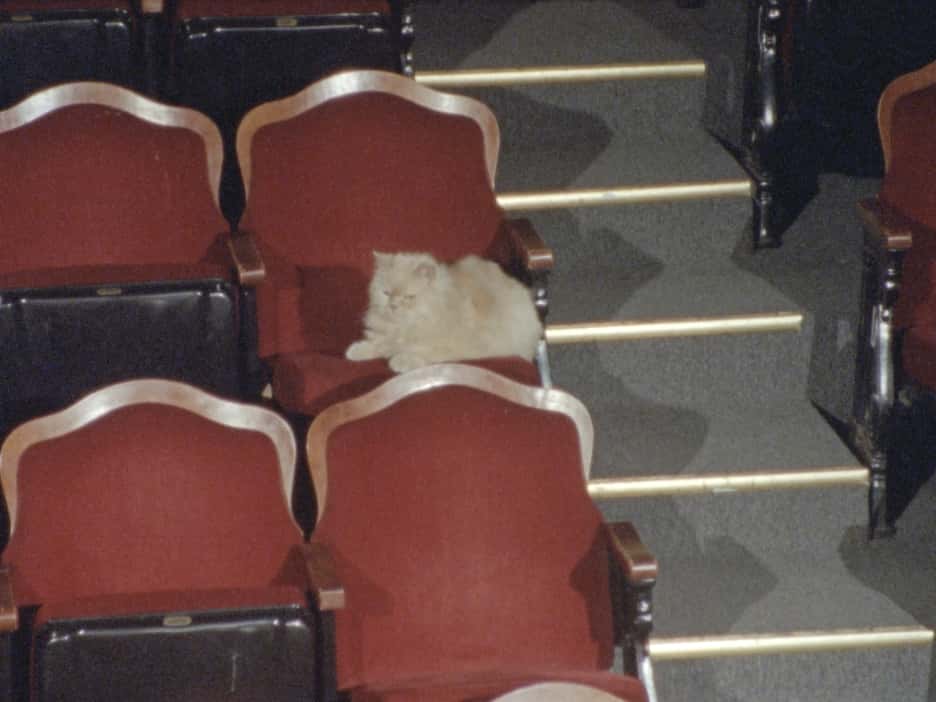
Calla Henkel and Max Pitegoff, THEATER, 2024
Film
Calla Henkel and Max Pitegoff: THEATER
George Macbeth
The works Calla Henkel and Max Pitegoff’s made in their artist bars is largely preoccupied not so much with the spectacle that takes place during opening hours as with those intervallic, late-night moments familiar to anyone who has ever worked in hospitality when all that remains are the sounds of the mop slopping across sticky tiles.
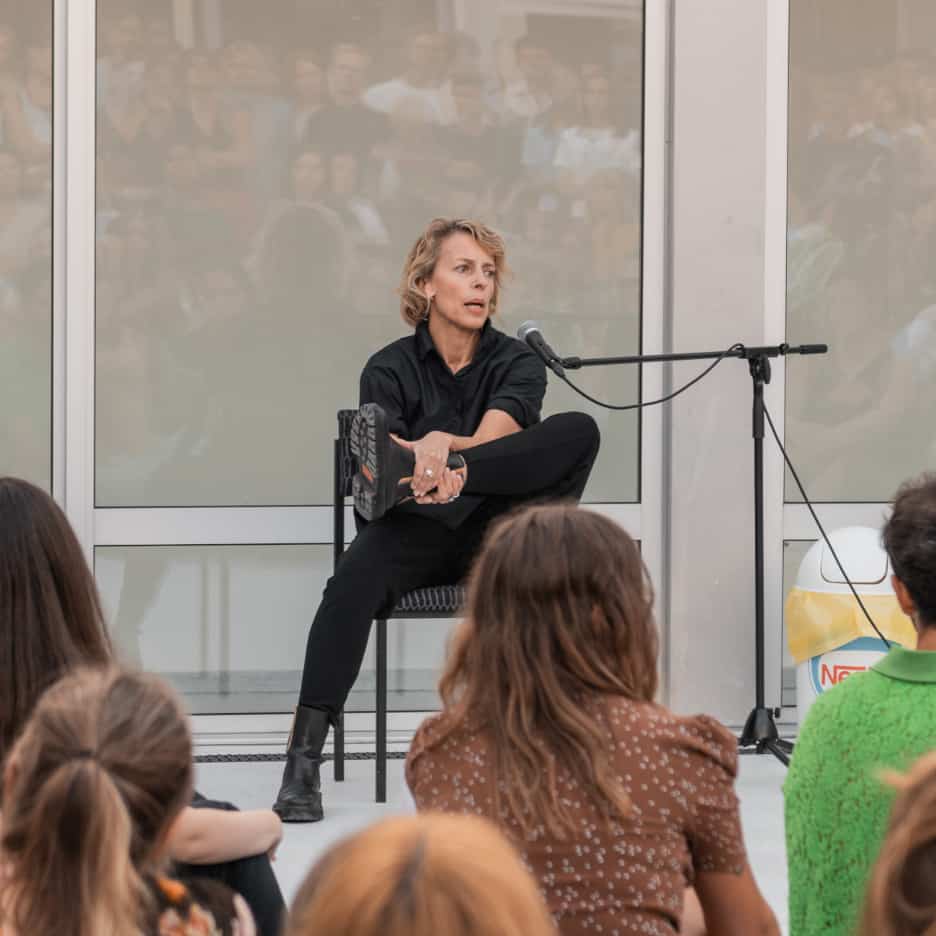
Eszter Salamon, Dance for Nothing (Revisited), 2024
Reports
Letter from Vilnius
Michael Kurtz
Eszter Salamon was smartly dressed, self-assured and charismatic, but her deliberately erratic movements gradually escalated: at one point she convulsed so violently that the microphone disconnected, briefly pausing the ‘talk’.
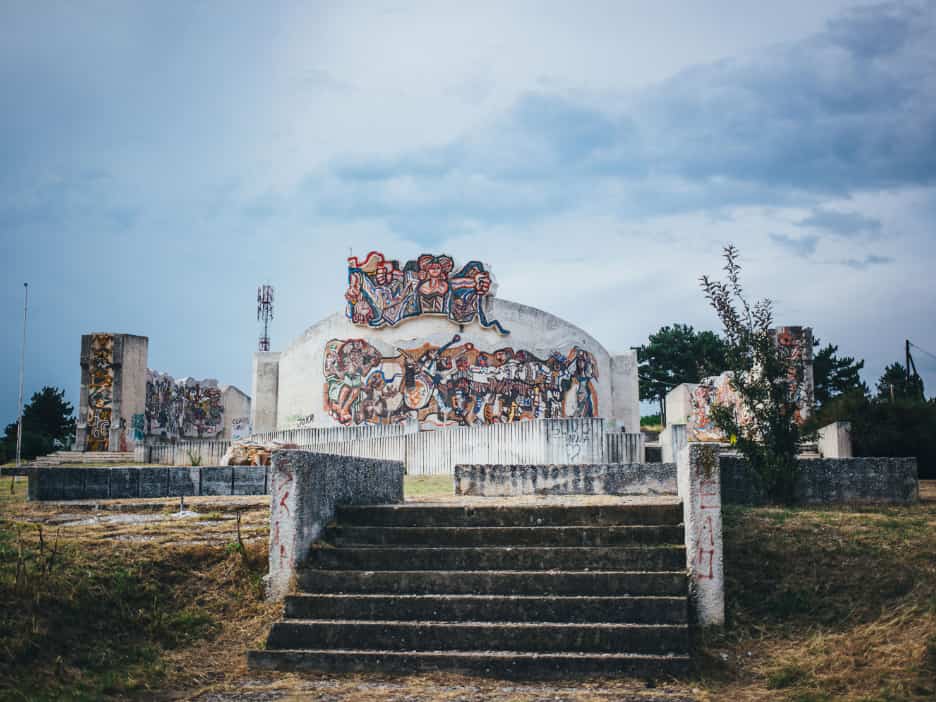
Elena Chemerska, Fatherland: Monument to Freedom, 2024
Reports
Letter from Skopje
Jon Blackwood
Skopje’s small art world is provided not so much by national institutions but by para-institutions that are given a small amount by the state and which source most of their income from internationally available funds.
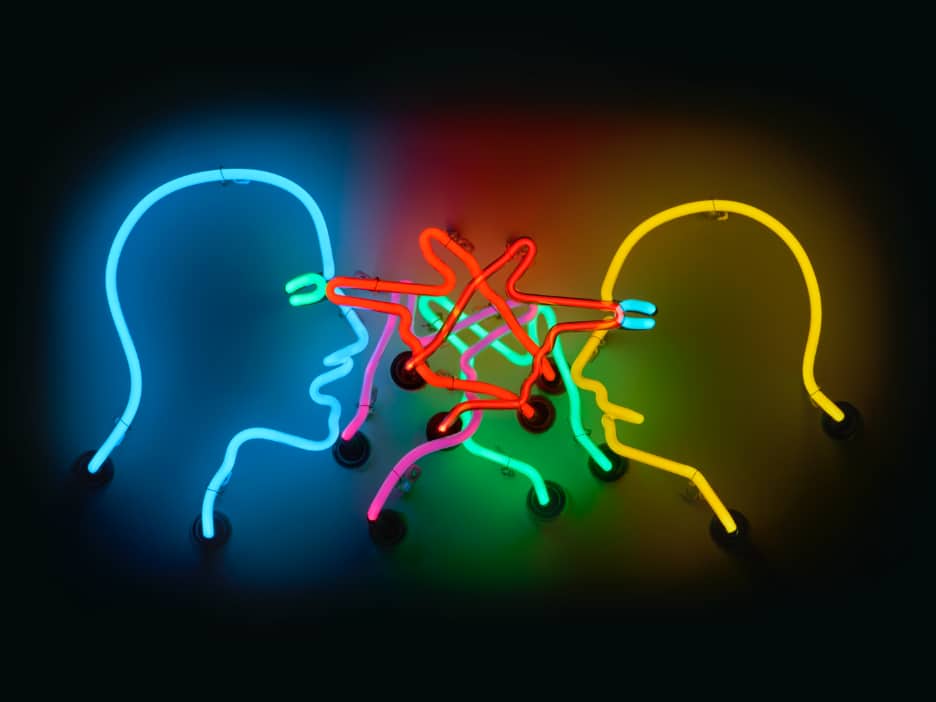
Bruce Nauman, Double Poke in the Eye II, 1985, estimate £300,000, sold for £250,000
Salerooms
Smaller Returns
Colin Gleadell
The outstanding result was for Brazilian-born painter Sophia Loeb, whose 2024 painting I Rest through your Peace leapfrogged its £4,000 estimate to sell for £48,000 to a French collector who informed me that his daughter had told him to buy it.
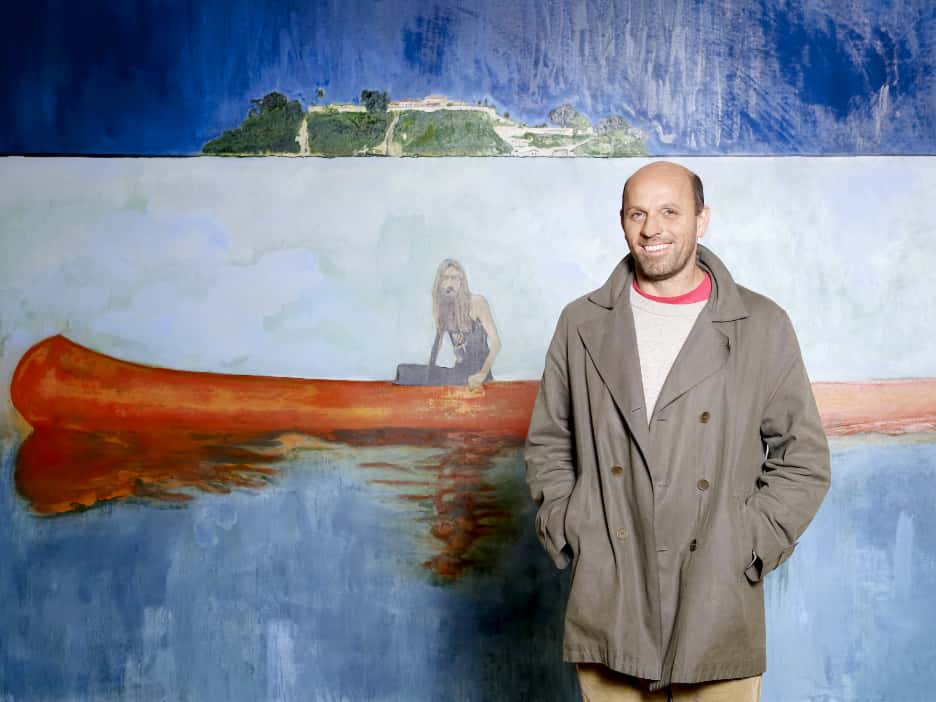
Peter Doig in 2012 with his painting 100 Years Ago (Carrera), 2001
Artlaw
Disclosure of Buyers
Henry Lydiate
Successful artist/dealer relationships are often likened to a marriage, the success of which need not be founded on the initial legal joining in wedlock, but on sustained mutual trust.












